Send us a Message
- Destinations
- Tours
- By Destinations
- By Themes
- Suggested Combination
- Duration
- About Us
- Reviews
Tam Mak Hoong

Tam Mak Hoong is one of the most popular traditional dishes in Laos, often considered the Lao version of papaya salad. It is made from shredded unripe papaya, mixed with chili, garlic, lime, fish sauce, fermented fish paste (pa daek), and sometimes tomatoes, beans, or peanuts. The flavor is a unique balance of spicy, sour, salty, and umami, making it a favorite among locals and travelers alike. Tam Mak Hoong is usually eaten with sticky rice and grilled meat, and it represents the heart of Lao street food culture.
Larb

Larb is a traditional Lao dish made from minced meat—such as pork, chicken, beef, or fish—mixed with lime juice, fish sauce, herbs, chili, and toasted rice powder. It is usually served with fresh vegetables and sticky rice. The dish has a refreshing, spicy, and tangy flavor that perfectly represents Lao cuisine’s balance of tastes. Larb is not only popular in everyday meals but also holds cultural importance, often prepared for celebrations and family gatherings.
Khao Soi

Khao Soi in Laos is a comforting noodle soup that reflects the country’s unique food culture. Unlike the creamy coconut curry version found in Thailand, the Lao Khao Soi is made with clear broth and wide rice noodles, topped with a rich minced pork and tomato sauce. It is usually served with fresh herbs, lime, chili, and sometimes fermented vegetables on the side. This dish is especially popular in Luang Prabang and northern Laos, where it is considered a local specialty and a must-try for visitors.
Green Papaya Salad

Green Papaya Salad known in Laos as Tam Mak Hoong, is one of the country’s most beloved dishes. It is made with shredded unripe papaya, garlic, chili, lime, fish sauce, and the signature Lao ingredient, fermented fish paste (pa daek), which gives the salad its distinctive flavor. The taste is a bold mix of spicy, sour, salty, and savory, often enjoyed with sticky rice and grilled meat. While the Thai version, called Som Tam, is slightly sweeter and less pungent, the Lao Tam Mak Hoong is stronger, earthier, and deeply tied to traditional Lao food culture. For travelers, trying this dish at a local market or street stall is an essential culinary experience.
Laos noodle soup (Khao Piak Sen)

Laos noodle soup, known as Khao Piak Sen, is a comforting and hearty dish often compared to chicken noodle soup in the West. It is made with thick, chewy handmade rice noodles served in a clear, flavorful broth, usually topped with chicken or pork, fresh herbs, bean sprouts, and a squeeze of lime. Diners can customize their bowl with chili, soy sauce, or pickled vegetables at the table. Found in markets, street stalls, and family-run restaurants across the country, this noodle soup is simple, delicious, and one of the most authentic ways to experience everyday Lao cuisine.
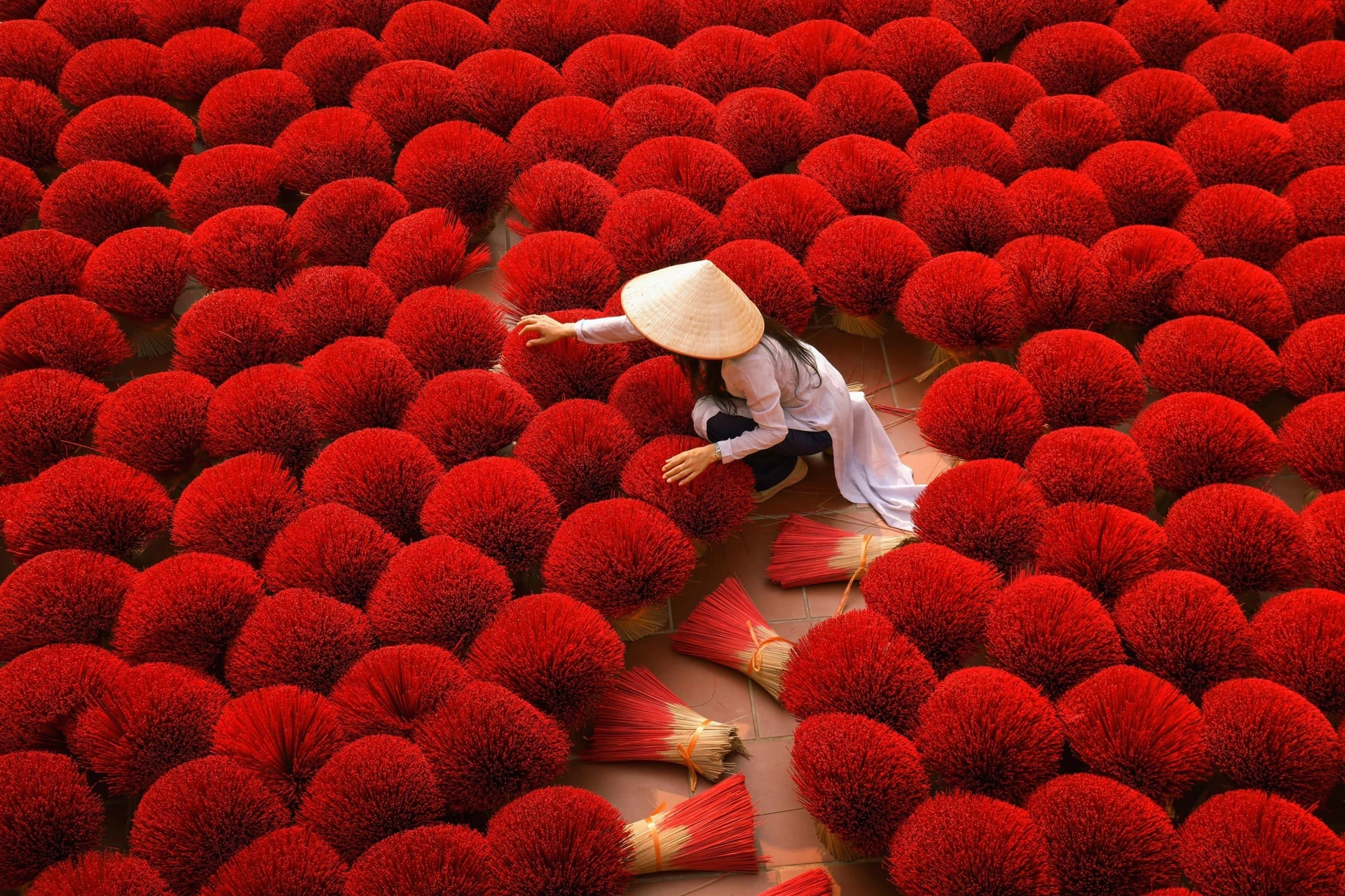
Vietnam is a country full of history, culture, and natural beauty, offering unforgettable experiences for every type of traveler. From bustling cities and ancient temples to serene countryside and pristine beaches, there is something for everyone. With careful planning, attention to local customs, and consideration for dietary or religious needs, Israeli travelers can enjoy a safe, enriching, and memorable journey.
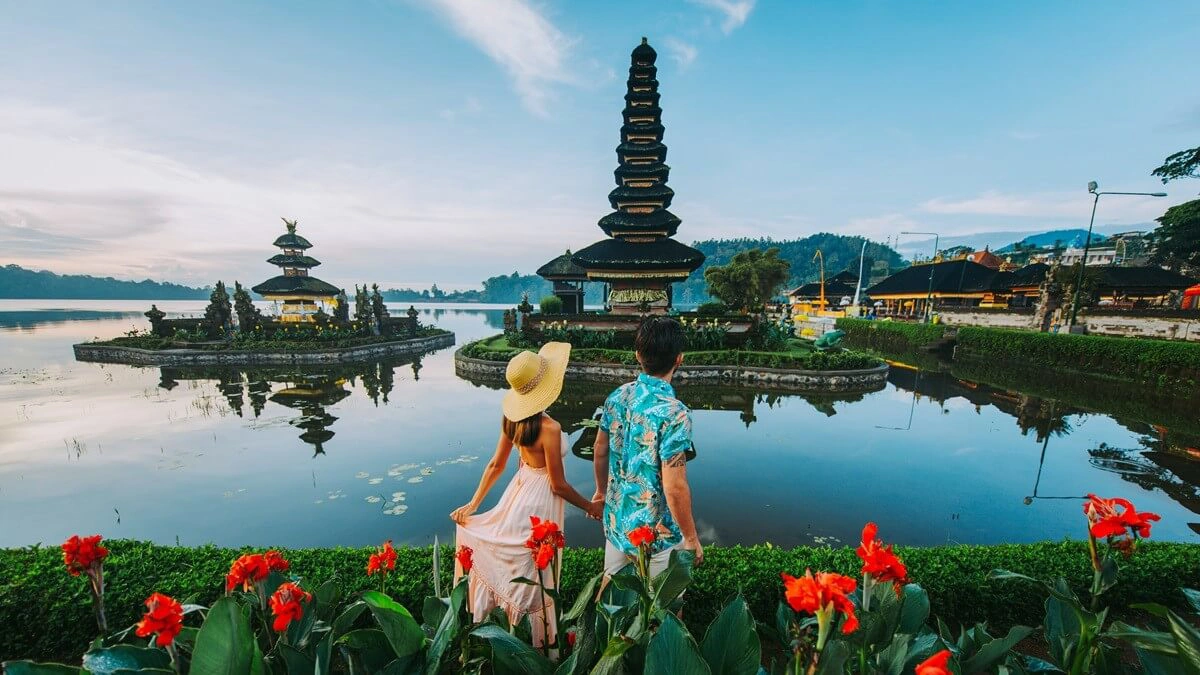
To enter Bali, travelers need a passport valid for 6 months; many nationalities get 30 days visa-free, while longer stays require a Visa on Arrival or e-visa. The island has a tropical climate with a dry season (Apr–Oct) ideal for beaches and festivals, and a wet season (Nov–Mar) with lush green landscapes. Cash in Indonesian Rupiah is essential for small expenses, though cards are accepted in larger venues, and transport mainly relies on taxis, ride-hailing apps, scooters, or private drivers. Visitors should respect local customs—dress modestly at temples, remove shoes in sacred spaces, and use the right hand when giving or receiving items.
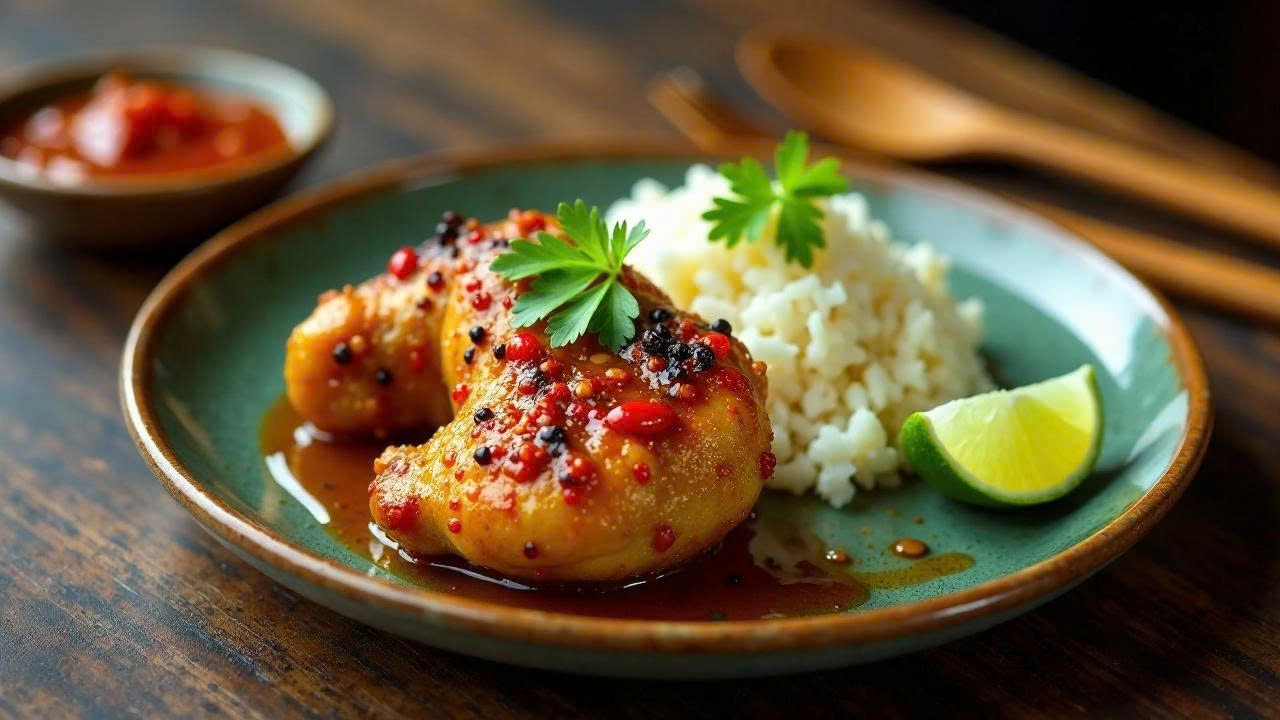
Balinese cuisine is a vibrant reflection of the island’s culture, shaped by its Hindu heritage, fertile volcanic soils, and abundant spices. Meals are a harmonious balance of flavors spicy, savory, sweet, and aromatic—brought together through fresh herbs, coconut, peanuts, and chili-based spice pastes known as bumbu. Rice is the centerpiece of most meals, complemented by grilled meats, seafood, and an array of vegetable dishes. Many recipes are deeply rooted in ceremonial traditions, often served during temple festivals and family gatherings, making Balinese food not only a culinary delight but also a cultural journey.
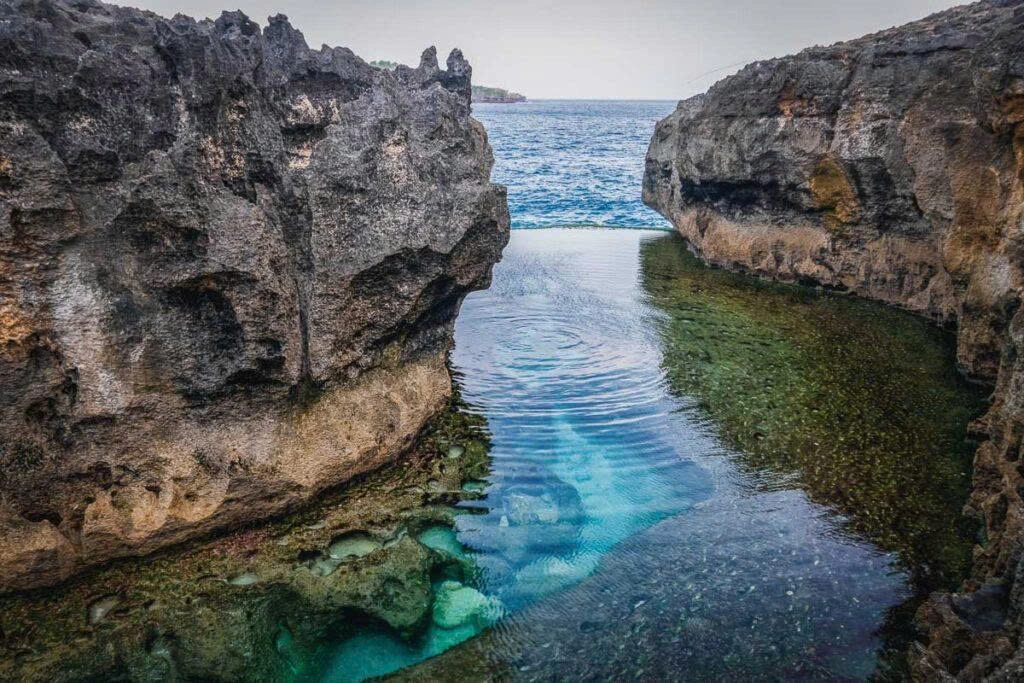
Nusa Penida is a stunning island off Bali’s southeast coast, famed for its rugged cliffs, crystal-clear waters, and dramatic landscapes. Highlights include Kelingking Beach with its dinosaur-shaped headland, Angel’s Billabong, and Broken Beach. Popular for snorkeling and diving, the island offers encounters with manta rays and vibrant coral reefs, making it a paradise for adventure and nature lovers.
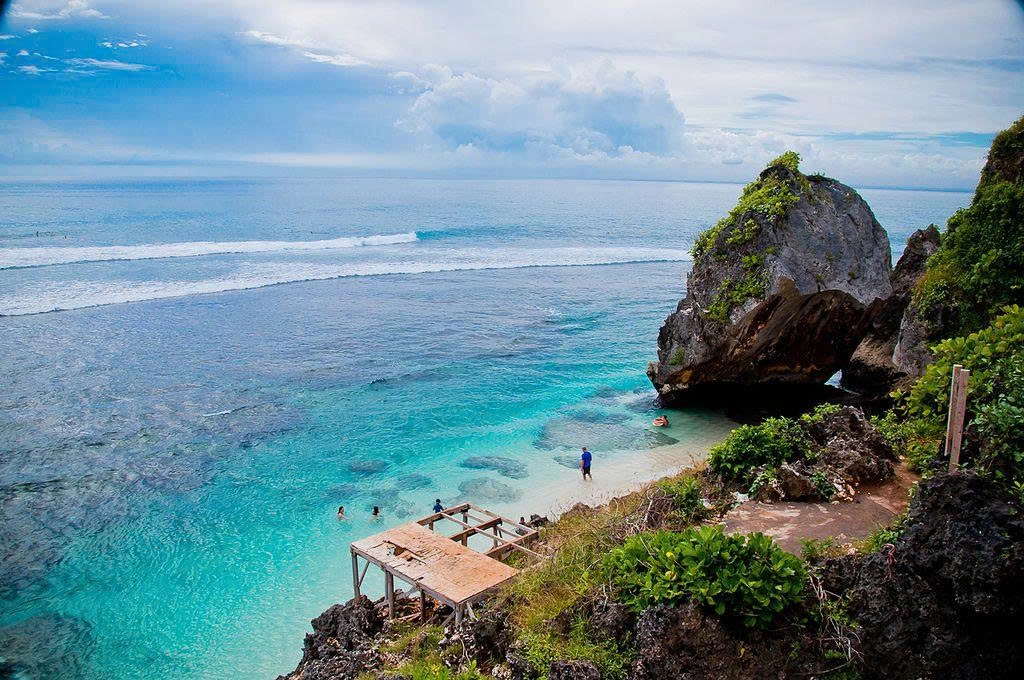
Uluwatu is renowned for its dramatic sea cliffs, world-class surf breaks, and breathtaking ocean views. At its heart lies the iconic Uluwatu Temple, perched high above the waves and famous for sunset Kecak dance performances. With luxury resorts, hidden beaches, and a relaxed coastal vibe, Uluwatu is a perfect blend of culture, adventure, and natural beauty.
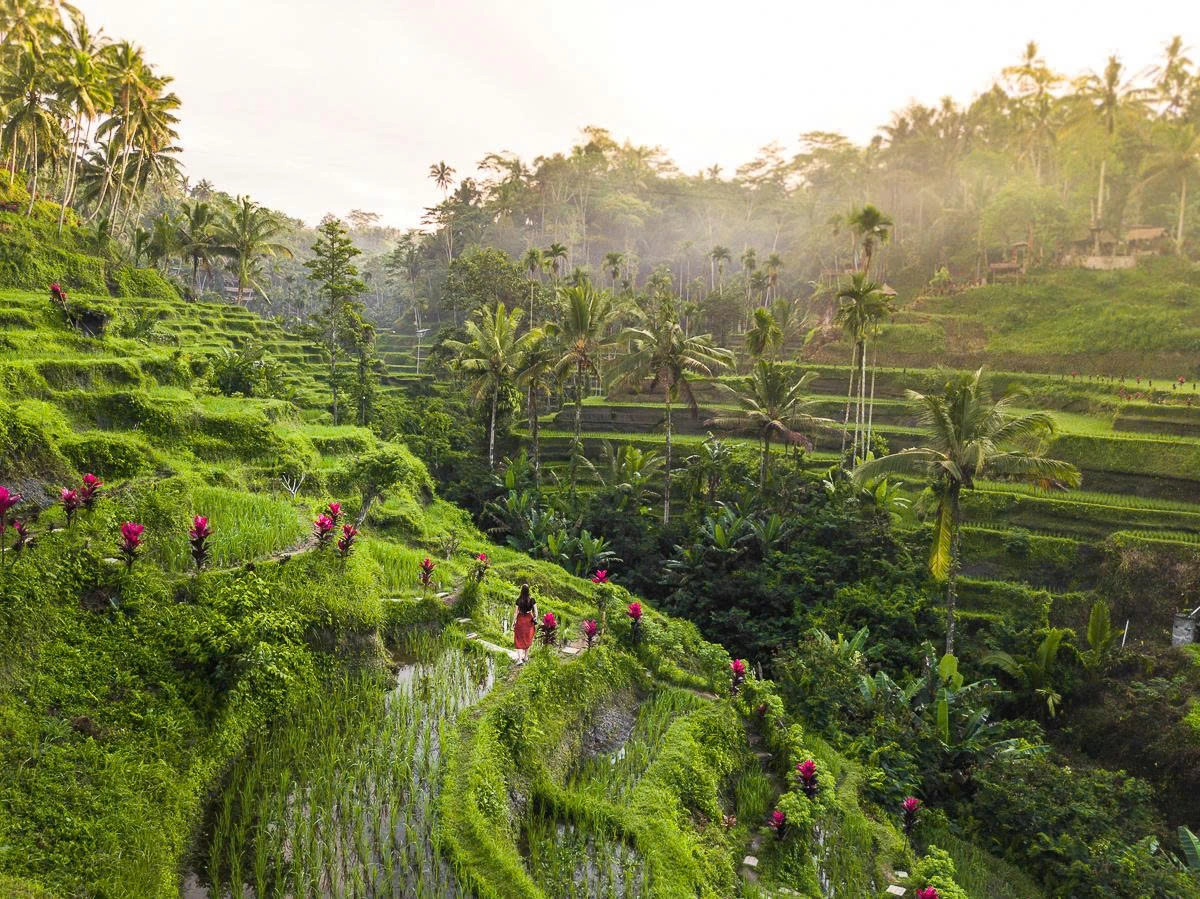
Ubud is the cultural and spiritual heart of Bali, surrounded by rice terraces, lush forests, and traditional villages. Known for its art, dance, and handicrafts, it’s also a hub for yoga, wellness, and spiritual retreats. With its temples, galleries, and serene landscapes, Ubud offers a deeper connection to Balinese heritage and nature.
Preparing for your upcoming trip to Asia?
Let us know what we can arrange for you!